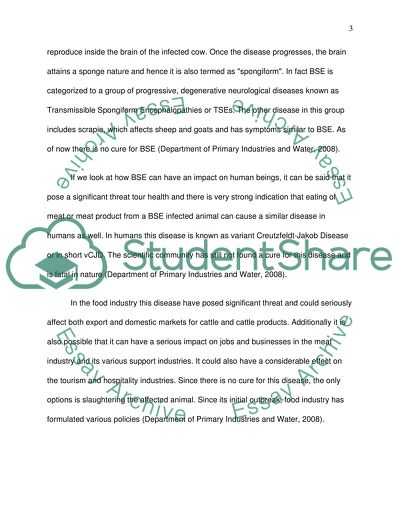Cite this document
(“Effect of Mad Cow Disease Research Paper Example | Topics and Well Written Essays - 1750 words”, n.d.)
Effect of Mad Cow Disease Research Paper Example | Topics and Well Written Essays - 1750 words. Retrieved from https://studentshare.org/medical-science/1510211-mad-cow-disease-college-essay
Effect of Mad Cow Disease Research Paper Example | Topics and Well Written Essays - 1750 words. Retrieved from https://studentshare.org/medical-science/1510211-mad-cow-disease-college-essay
(Effect of Mad Cow Disease Research Paper Example | Topics and Well Written Essays - 1750 Words)
Effect of Mad Cow Disease Research Paper Example | Topics and Well Written Essays - 1750 Words. https://studentshare.org/medical-science/1510211-mad-cow-disease-college-essay.
Effect of Mad Cow Disease Research Paper Example | Topics and Well Written Essays - 1750 Words. https://studentshare.org/medical-science/1510211-mad-cow-disease-college-essay.
“Effect of Mad Cow Disease Research Paper Example | Topics and Well Written Essays - 1750 Words”, n.d. https://studentshare.org/medical-science/1510211-mad-cow-disease-college-essay.


